Released in the spring of 2021, the Axon 30 Ultra is ZTE’s top-of-the-line offering, with a 6.67-inch AMOLED flexible curved screen display with 144 Hz refresh rate, and a Snapdragon 888 chipset running Android 11. The battery in support of that array is a 4600 mAh with super-fast 65W charging.
On the audio side, the ZTE flagship lists dual speakers, three mics, and DTS: X Ultra, engineering designed for gaming and XR experiences with support for static, multi-channel and object-based audio. Let’s see how it fares in our rigorous audio testing suite.
Audio specifications include:
- Dual speakers. top one is forward firing, one bottom-side firing.
- Three microphones
- DTS: X Ultra
- No headphone jack
About DXOMARK Audio tests: For scoring and analysis in our smartphone audio reviews, DXOMARK engineers perform a variety of objective tests and undertake more than 20 hours of perceptual evaluation under controlled lab conditions. This article highlights the most important results of our testing. Note that we evaluate both Playback and Recording using only the device’s built-in hardware and default apps. (For more details about our Playback protocol, click here; for more details about our Recording protocol, click here.)
Test summary
Scoring
Sub-scores and attributes included in the calculations of the global score.
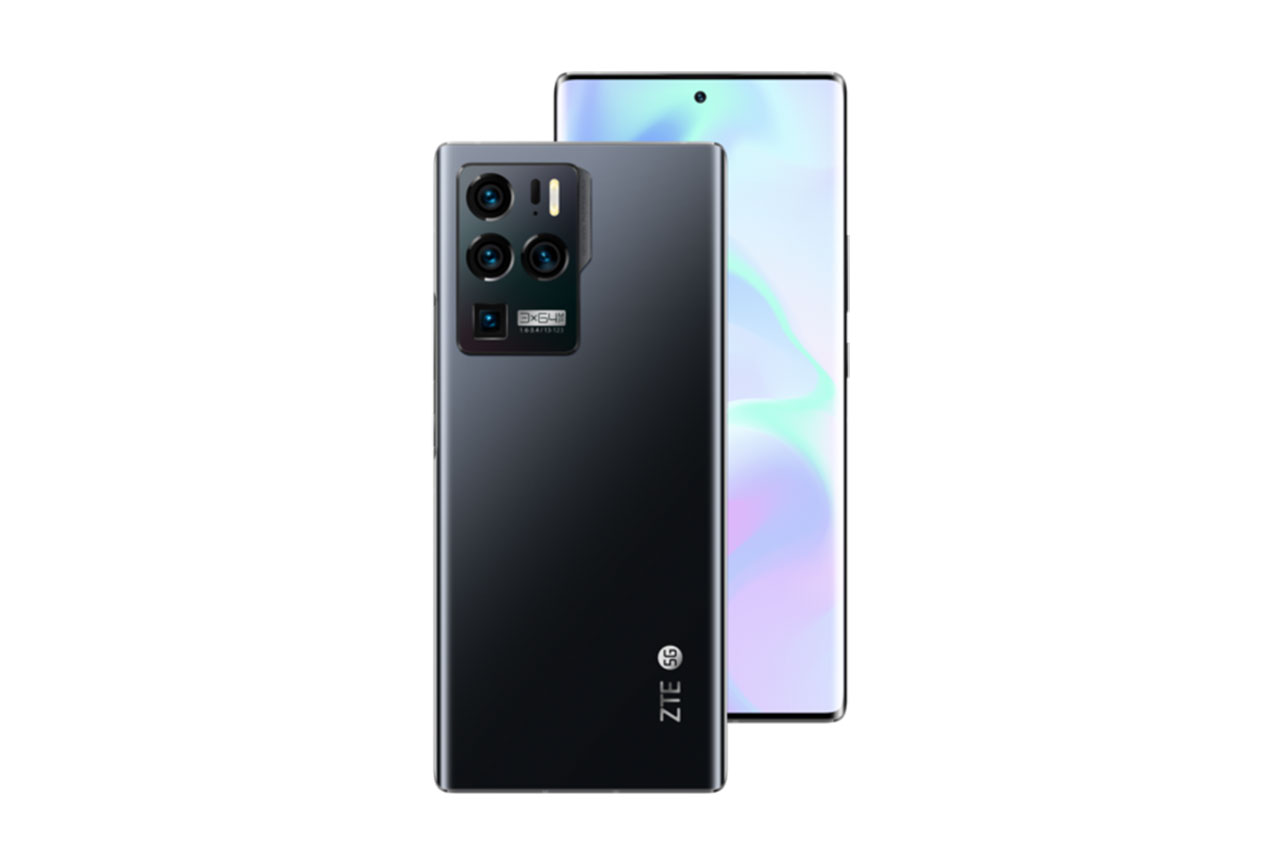
ZTE Axon 30 Ultra


 158th
158th
 45th
45th
Playback
Recording
Pros
- The directivity in selfie video is excellent.
- Signal-to-noise ratio is well managed.
Cons
- Noise reduction is intrusively present.
- The low-end is boomy.
With an overall score of 63, the ZTE Axon 30 Ultra landed about in the middle of the devices we’ve tested in this price range.
In Playback testing, the ZTE Axon 30 Ultra earned average marks in all attributes except for artifacts, where it was excellent. Hardly any artifacts were observed. In timbre, the ZTE flagship did lack bass and low-end extension — a common situation in smartphone audio. In dynamics, the device had decent attack, bass precision, and punch, although that lack of low end did have an impact. The spatial score could have been higher had the device rotated the audio scene in inverted landscape. Loudness is good at maximum volume.
As a recording device, the ZTE Axon 30 Ultra did not fare quite as well, with a below average overall score. The tonal balance lacks both high- and low-end extension, and there were a few other issues in timbre. In dynamics, the signal-to-noise ratio was well managed as long as the background’s low-end content wasn’t too prominent. The spatial attribute was a mixed bag, with some good qualities — like good directivity in selfie video mode — and some less so, like lackluster localization. Unlike in playback, artifacts were an issue in recording. The heavy-handed noise reduction held back performance in several areas.
Sub-scores explained
The DXOMARK Audio overall score of 63 for the ZTE Axon 30 Ultra is derived from its Playback and Recording scores and their respective sub-scores. In this section, we’ll take a closer look at these audio quality sub-scores and explain what they mean for the user.
Playback

Timbre
ZTE Axon 30 Ultra
59
89
Timbre tests measure how well a phone reproduces sound across the audible tonal range and takes into account bass, midrange, treble, tonal balance, and volume dependency.
The ZTE Axon 30 Ultra delivers good treble and high-end extension. The midrange is clean, with a slight prominence of high-mids. There is a lack of bass and a strong lack of low-end extension, however, especially at soft volume.

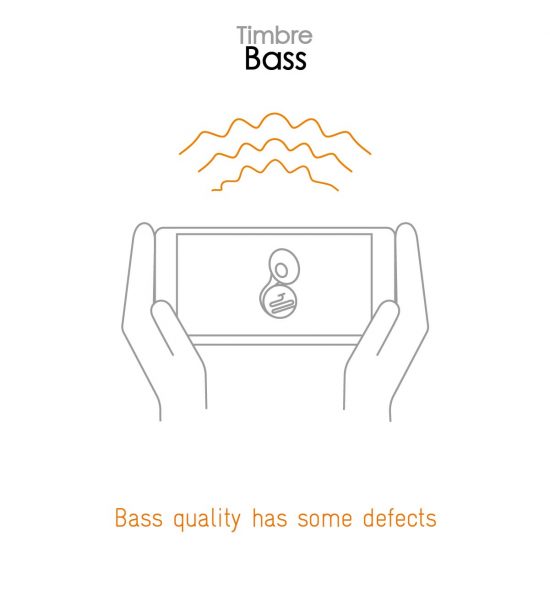
At maximum volume, high-mids become prominent and aggressive. Perhaps not surprisingly, the ZTE flagship scored best in overall timbre when playing classical music, and lowest on bass heavy genres like hip-hop and electronic music.

Dynamics
ZTE Axon 30 Ultra
65
81
DXOMARK’s dynamics tests measure how well a device reproduces the energy level of a sound source, and how precisely it reproduces bass frequencies.

Spatial
ZTE Axon 30 Ultra
60
88
The sub-attributes for perceptual spatial tests include localizability, balance, distance, and wideness.
In landscape mode, the ZTE device does a nice job with localizability and wideness. The smartphone lost some points, however, because the audio scene doesn’t rotate in inverted landscape mode; this becomes an issue if you’re watching a movie and the sound effects are coming from the wrong side of the screen.
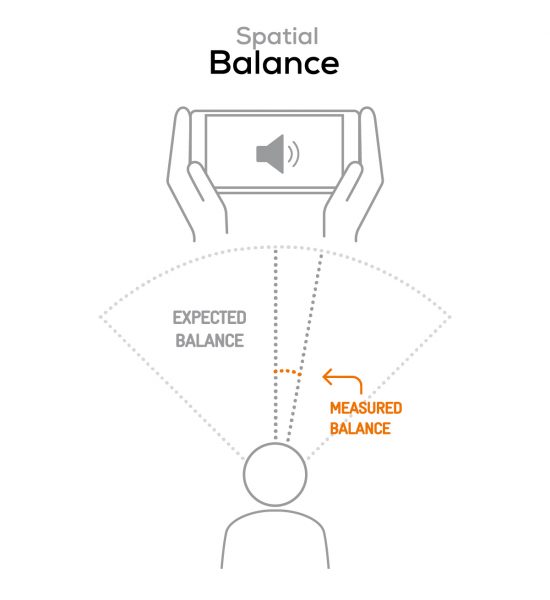

When listening to music on the Axon 30 Ultra, the center seems to be offset to the right of the device in landscape mode, or toward the bottom when held in portrait. This was an impediment to balance performance.
The distance perception is well managed in the music use case, but when watching movies, the stereo scene becomes less precise. Then, the rendering of voice distance is impaired by a lack of midrange and an overall muffled sound.

Volume
ZTE Axon 30 Ultra
66
91
Volume tests measure both the overall loudness a device is able to reproduce and how smoothly volume increases and decreases based on user input.
Loudness is good at maximum volume, and the first volume step is perfectly intelligible and useable. Volume steps are not very consistent, especially for the soft and loud levels, which lowered the ZTE Axon 30 Ultra’s score in this attribute.
Here are the results of the objective measurements we carried out in our laboratories, using recordings of both hip-hop and classical music played at the maximum user volume step:
| Hip-Hop | Classical | |
| ZTE Axon 30 Ultra | 74.6 dBA | 71.3 dBA |
| Xiaomi Redmi K40 Gaming | 79.7 dBA | 77.4 dBA |

Artifacts
ZTE Axon 30 Ultra
85
113
Artifacts tests measure how much source audio is distorted when played back through a device’s speakers. Distortion can occur both because of sound processing in the device and because of the quality of the speakers.
Here, the ZTE smartphone achieved a great score. Our engineers detected hardly any artifacts at all, although they noted that there were a few unwanted signals present, but they are no perceivable in everyday use. Gamers can take comfort in knowing that user artifacts (ghost touch) wasn’t an issue.
Recording

Timbre
ZTE Axon 30 Ultra
65
91
In recording timbre, the ZTE Axon 30 Ultra received a score that puts toward the bottom tier among similarly priced devices. The tonal balance lacks both high- and low-end extension for recordings.
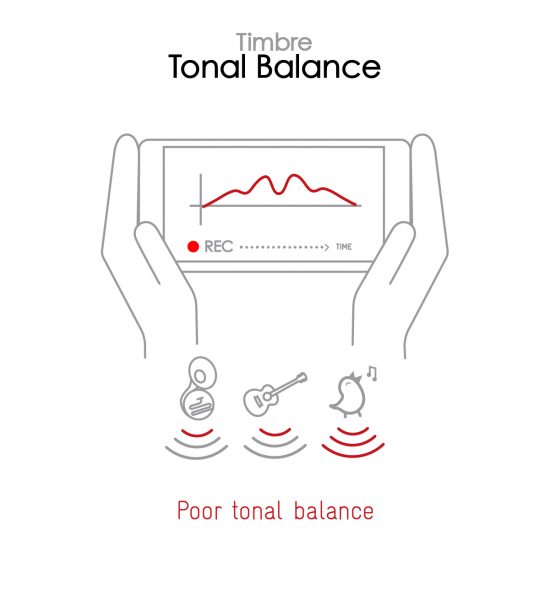
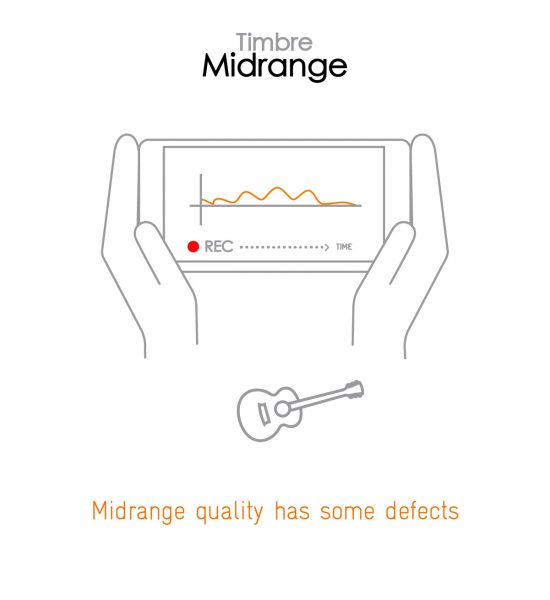
The treble sounds a bit metallic, especially in the home use case, where resonances and low mids make it also sound canny. The Axon 30 Ultra mics are able to adeptly capture low-end extension content, but it ends up sounding a bit boomy and muffled.
Overall, noise reduction is quite ham-handed, impairing midrange clarity and a natural sound. When recording at high SPL (as in the electronic music concert scenario), the low-end information tends to take up too much space, masking some midrange and treble content and making the overall signal sound dull.

Dynamics
ZTE Axon 30 Ultra
57
81
The ZTE device features a good signal-to-noise ratio (SNR) when the background’s low-end content is not too present. In our use-case scenarios where loud background noise is present, the SNR is not as well managed and a noticeable rumble takes up a lot of space in the recordings.
For high SPL recordings, the low-end extension has a tendency to make the overall signal compressed and to induce pumping, impairing the dynamics and envelope precision.

Spatial
ZTE Axon 30 Ultra
57
78
As a recording device the Axon 30 Ultra produces a satisfying wideness, especially in life (rear camera) video. Unfortunately, the noise reduction employed has a tendency to make it difficult to localize voices in the audio scene, and the slight lack of body in the midrange impairs distance perception.
On a positive note, the device has a good directivity performance when used in selfie mode; it does a nice job of minimizing the presence of voices coming from the sides. This quality could come in handy for those doing some vlogging.

Volume
ZTE Axon 30 Ultra
44
99
In the recording volume attribute, the results produced by the Axon 30 Ultra are very dependent on what the use case is. It performs exceptionally well with low levels of background noise, such as in the selfie and life video use cases indoors and outdoors.
When the ZTE device is trying to record in an urban situation, however, the noise reduction fails to work smoothly and tends to hinder overall volume.
Here are our test results, measured in LUFS (Loudness Unit Full Scale). As a reference, we expect loudness levels to be above -24 LUFS for recorded content:
| Meeting | Life Video | Selfie Video | Memo | |
| ZTE Axon 30 Ultra | -28.5 LUFS | -24 LUFS | -26.6 LUFS | -20.4 LUFS |
| Xiaomi Redmi K40 Gaming | -27.7 LUFS | -20.2 LUFS | -18.9 LUFS | -21.7 LUFS |

Artifacts
ZTE Axon 30 Ultra
57
97
While the ZTE Axon 30 Ultra earned an elite score in playback artifacts, it produced a long list of issues in recording. To begin with, the noise reduction is sometimes extremely obvious. In selfie video, for example, the volume of the background noise drops suddenly after a few seconds. That noise reduction is also the culprit in making the localizability of voices blurry, and it affects the overall quality of the recordings.
Pumping is noticeable in almost every use case, and distortion occurs when recording loud sources. Finally, a slight gating effect occurs on low-level elements. All this adds up and has an impact on the overall quality of the recording. Here’s a sample track. Can you hear some of the artifacts?

Background
ZTE Axon 30 Ultra
26
60
The Axon 30 Ultra struggles with producing well-managed background, and the low score reflects that. Once again, the noise reduction seems to play a big role in making the background sounds resonant and phasy.


It also sounds muffled because of the lack of high-end extension and is quite compressed.
Conclusion
For those seeking a smartphone with great qualities as a recording device, the Axon 30 Ultra is not a good fit. The ZTE Axon 30 Ultra performs adequately in playback, however, and even excels in the arena of artifacts. Its scores in timbre, dynamics, and volume reflect the fact that this smartphone is functional for everyday uses.



DXOMARK encourages its readers to share comments on the articles. To read or post comments, Disqus cookies are required. Change your Cookies Preferences and read more about our Comment Policy.